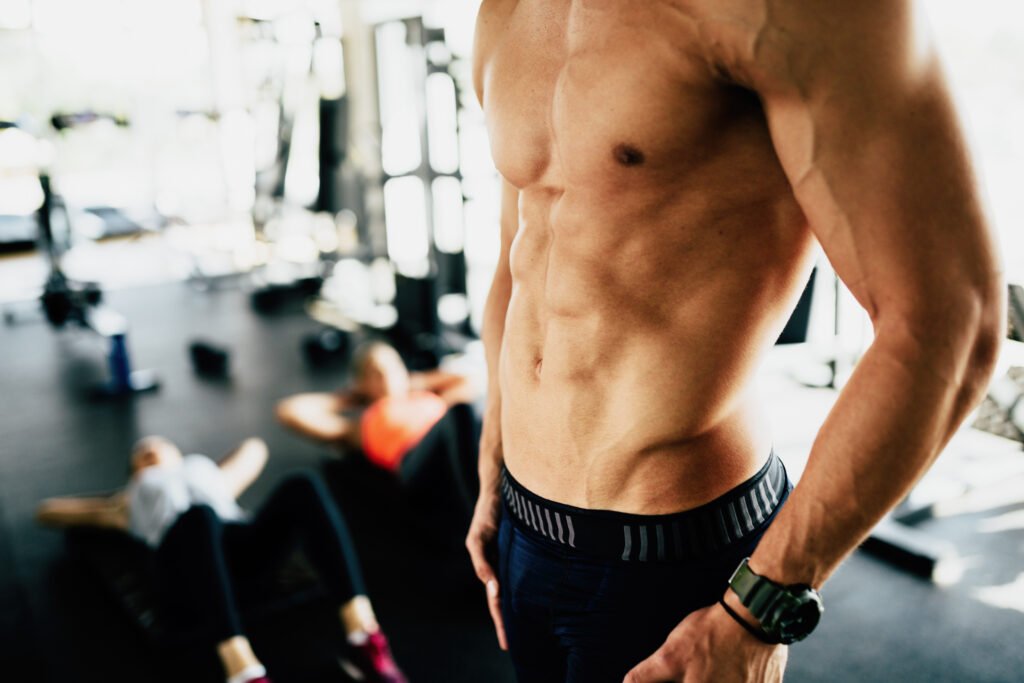Push-ups are primarily known for targeting the chest, shoulders, and triceps. However, when performed correctly, they also engage the core muscles, including the rectus abdominis, which is the muscle responsible for the visible “six pack” appearance.
Let’s dive a bit deeper. When you’re doing a push-up, your body is in a plank-like position. This position requires stability, and this stability is provided by the core muscles. The act of maintaining a straight line from your head to your heels, without letting your hips sag or your back arch, means that your abs are working hard to stabilize your body against gravity. This stabilization engages the rectus abdominis, as well as the obliques (the muscles on the sides of your abdomen) and the transverse abdominis (the deepest core muscle that wraps around your spine and sides).
As you lower yourself to the ground and then push yourself back up, your abs must contract to keep your body in alignment. Think of your core as the bridge between your upper and lower body during the push-up movement. Without a strong core, your body would collapse or sag in the middle, making the exercise ineffective and possibly leading to injury.
However, while push-ups do engage the core muscles, they shouldn’t be the only exercise you rely on if your primary goal is to achieve a visible six pack. Combining push-ups with other core-specific exercises and a balanced diet will be more effective. Remember, achieving visible abs is not just about building the muscle but also reducing the layer of fat that may cover them. This is often accomplished through a combination of strength training, cardiovascular exercise, and proper nutrition.
Push-ups can be a valuable part of a well-rounded fitness regimen for building and defining your abs. But to truly work your way to a six pack, incorporate other abdominal exercises and maintain a healthy diet.

